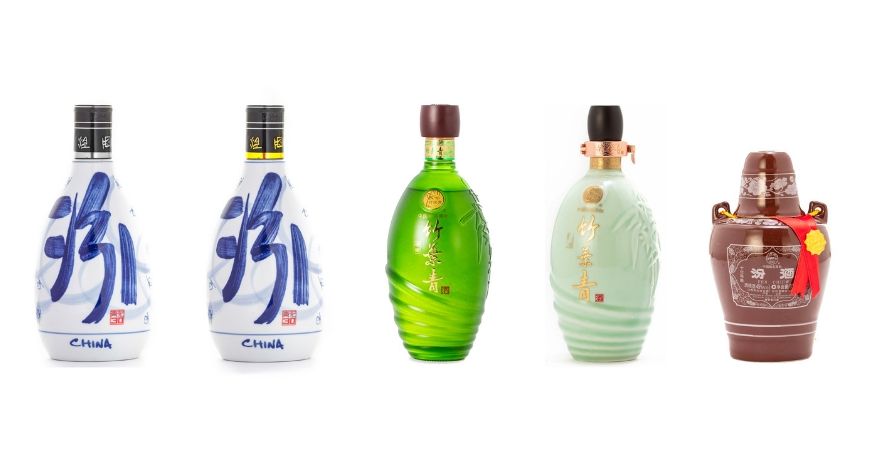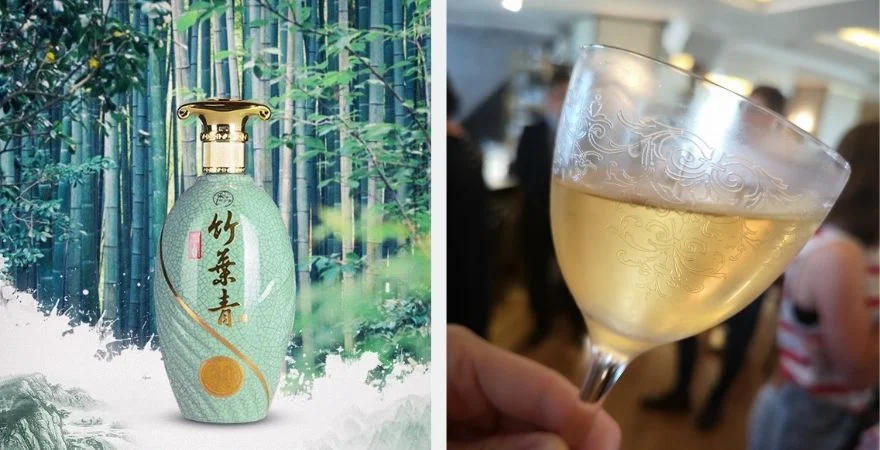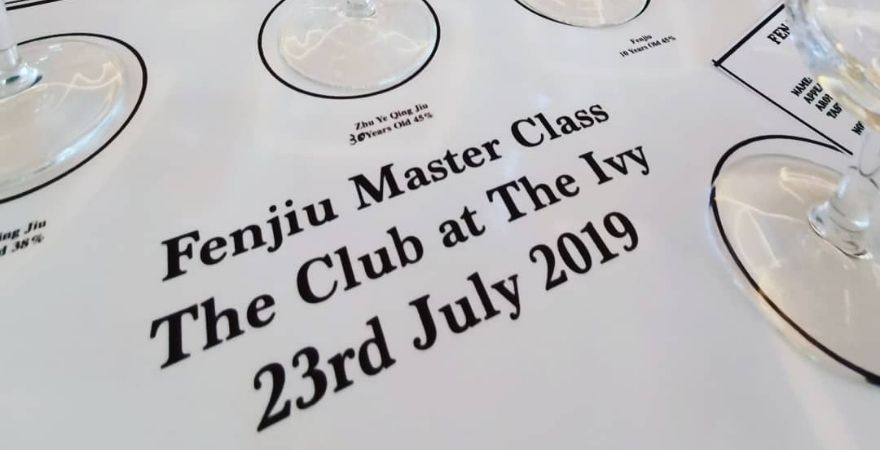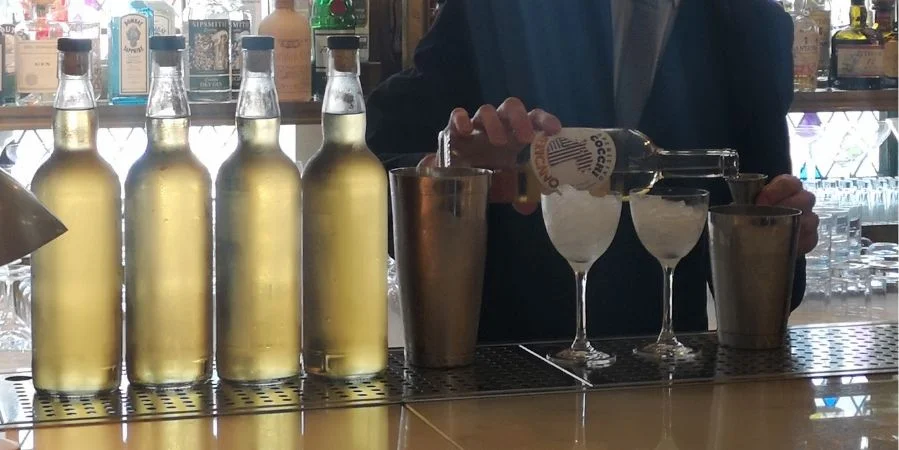Question: Which spirit has 6,000 years of history, is the world’s most tasted alcoholic drink and reached 10.8 billion dollars worth of sales last year?
Answer: Baijiu
What on earth is Baijiu?
Baijiu is the most popular grain spirit in China, especially in Sichuan province. Sorghum is usually the grain of choice but in some parts of the country, rice, barley and millet are used. It’s the world’s most popular spirit thanks to China’s population of over 1.4 billion but it’s still not known well at all outside the country. We were treated to a master class by the producer Fenjiu and their importer, Cheng International, to see what it was all about...
What does Baijiu taste like?
A white spirit for the most part and usually between 40 and 60% abv, Baijiu is more like whisky in terms of complexity of flavour and texture. It’s traditionally drunk neat with food, though there are some nowadays that are deemed better for mixing. There are four key styles to look out for, all based on their flavour profiles, but dozens of sub categories too. What makes the difference in terms of aroma and flavour, much like wine, is the ageing vessel, the ingredients and the duration of ageing.
Credit: Cheng International CO. Ltd
Key styles of Baijiu
Light Aroma: Light, elegant and subtley floral. Traditionally made in a stone vessel with sorghum. Hails from the north, around Beijing.
Strong Aroma: Fruity, tropical, aniseed, complex. Multiple grains, but aged in mud pits. Hails largely from Sichuan province in the southwest.
Sauce Aroma: Umami, soy, bean. Mostly sorghum but with multiple fermentations in stone brick pits.
Rice Aroma: Sweeter and mellow. Hailing from the south and often the lowest grade.
Other ‘aromas’ and styles of Baijiu
There are many additional sub aromas of this intriguing spirit, which to Westerners can seem gloriously different. ‘Chi’ aroma comes from the addition of pork fat, for example, ‘medicine aroma’ exists, as does ‘sesame aroma’ amongst many others. There are also many regional variations. Fenjiu, for example, is an ‘aroma’ as well as the name of a producer. It is a light aroma Baijiu hailing from Fenyang, Shanxi and dates back to AD 550!
4 Baijius to try from light to strong
Fenjiu Baijiu aged 10 years: Clear white - A traditional, light Baijiu made from high quality sorghum grain and aged 10 years in earthen ceramic vessels. It’s fresh, floral and subtle with notes of jasmine, melon and dried herbs. Drink it neat or mixed in cocktails. RRP £65 coming soon to the UK.
Blue Flower Fenjiu Baijiu 48% aged 30 years: Clear white - Aromatic and smooth with notes of citrus peel, vanilla, acacia and cinnamon. Best served neat or over ice. RRP £150 from Harrods.
Bamboo Fenjiu 38% aged 5 years (Zhu Ye Qing Jiu): Pale gold - Stronger notes of mocha and menthol with subtle curry leaf and soy from the bamboo infusion. Best served mixed. RRP £60 from Harrods.
Bamboo Fenjiu 45% aged 30 years (Zhu Ye Qing Jiu): Bright gold - Powerful aromas of curry leaf and sandalwood with underlying sweetness like banana and caramel. Sweeter texture. Best served neat. RRP £145 from Harrods.
The ultimate Baijiu cocktail: The Golden Empire
With mixology playing a huge part in helping get Baijiu on lips outside China, Fenjiu launched their inaugural cocktail competition earlier this year. The winning result was a golden, moreish concoction featuring palo cortado sherry and vermouth, created by Andrea Dionori, mixologist at The Crazy Bear.
Ingredients:
35ml Fenjiu 10 year old.
10ml White Vermouth (preferred: Cocchi Americano)
7.5ml Palo Cortado sherry
10ml Homemade Palo Santo cordial (optional)
Baijiu is certainly an acquired taste for Westerners, but one that is not hard to acquire with a bit of, ahem, tasting practice. Look out for it as a key ingredient in the top cocktail bars around the world and if you see it, ask for a small pour to try neat. You’ll be tasting history.
By Helena Nicklin







